Studio & Workshops
Classes and Workshops
Interested in learning a new medium or strengthening your artistic abilities?
Click below to view and register for our upcoming classes!
Printmaking
Printmaking is a transformative art form. It not only empowers artists with a stable source of income through production but also facilitates the distrubution of information to a wider audience. Prints have historically documented the struggles of the oppressed and celebrated the achievements of social reform throughout Mexican history.
Xico continues to uphold and honor these methods, drawing inspiration from the impactful work of artists like Jose Guadalupe Posada and Taller de Gráfica Popular whose influence endures to this day. We persist in pushing the boundaries of artistic expression, following in the footsteps of Los Tres Grandes (Siquieros, Rivera, and Orozco), who revolutionized Mexican art. At Xico, we strive to share knowledge about this art form with communities that identify as Chicano, Indigenous, or Latinx.
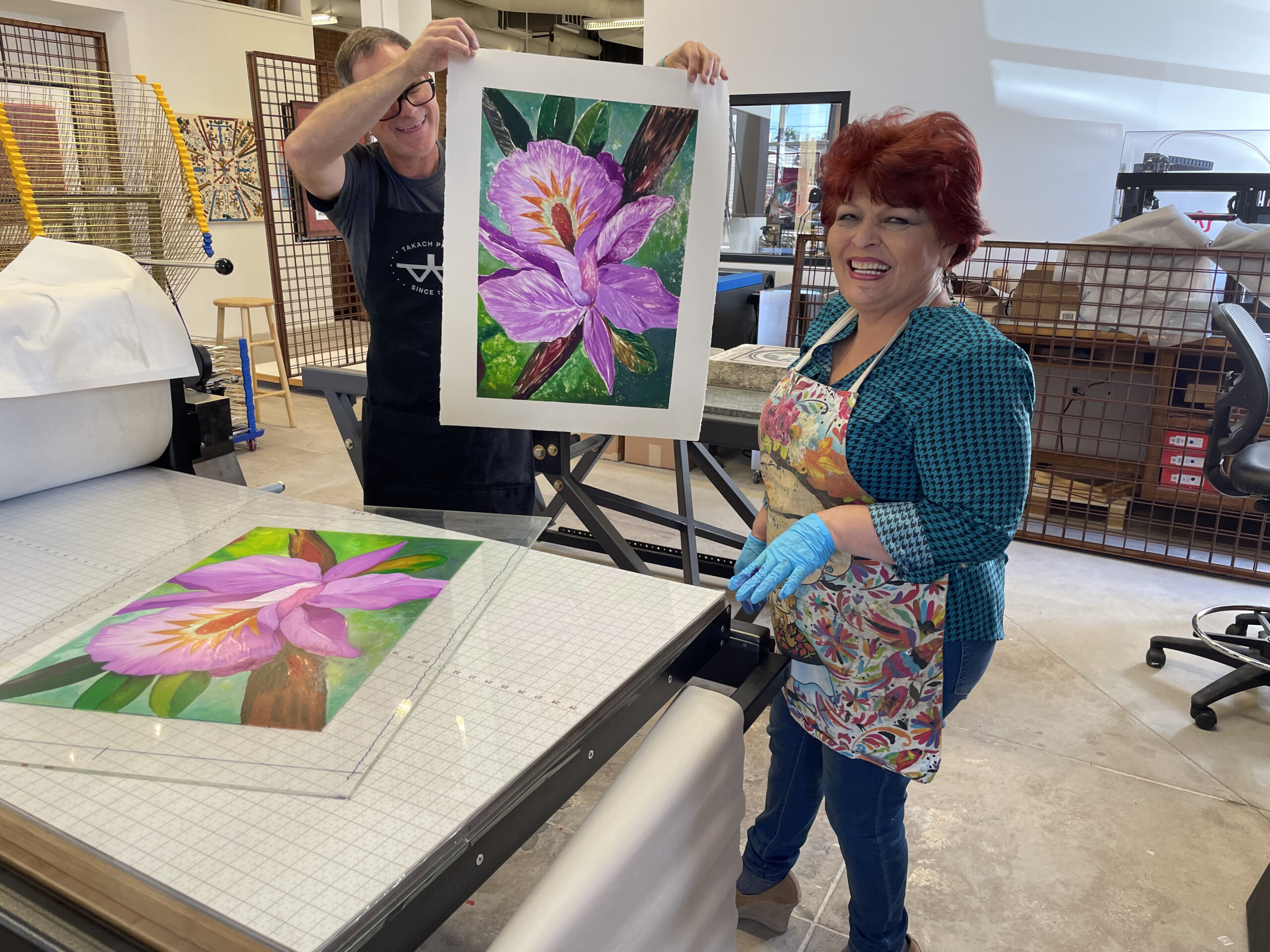
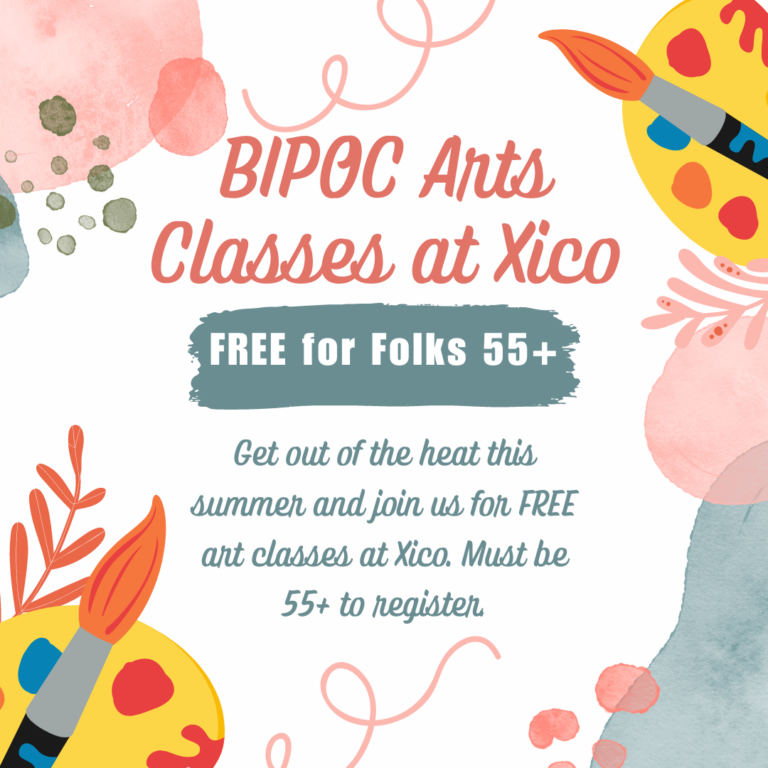
BIPOC Arts Free Classes for 55+
The BIPOC Arts program is kicking off our first round of classes hosted at Xico! The first round of classes are taught by the first graduating class of the BIPOC Arts program. Our artists Roni Lee, Goolam Saber, and Savanah Hill will each be teaching 8-week courses ranging in medium and subject. These classes are FREE for community members 55+ and all materials are provided. Follow the link to see all of our classes offered on our website, the link to register is also there. If you have any questions about classes please reach out to the student emails on the website. You can also reach out to info@xico.org. Please share widely with your networks! BIPOC Arts Classes, Free for Seniors!
Acrylics Class with Savanah Hill (she/her)
Color is all around us, and in this course we will learn the relationship between colors and how to use them to their best advantages. In this class you will learn comprehension of color theory and the relationships within color schemes, unique paint techniques, creative critical thinking built from color theory. The classes will be held in the following sessions:
Tuesdays
5:30-6:30 PM
May 14th, 21st, 28th, June 6th, 11th, and 18th.
Monumental Design with Roni Lee (she/they)
This free course will guide participants through the architectural design process to create their own 2D and 3D monuments over several weeks. This class will learn and redefine what our personal monuments can stand for and how we can open new doors to lasting representation. The class will be heading in the following sessions:
Tuesdays
5:30-6:30 PM
May 14th, 21st, 28th, June 6th, 11th, and 18th.
Xico's Dynamic Working Studio
Our 4,600 square foot fully-equipped studio supports an array of printmaking techniques for artists of all levels. These techniques are offered in a workshop setting or for our more advanced artists, our studio is available for independent production.
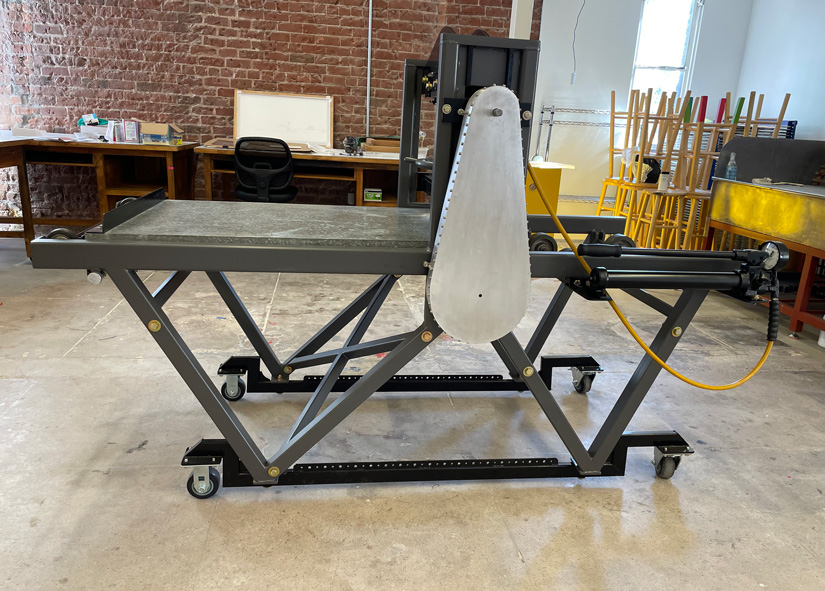
Etching Press
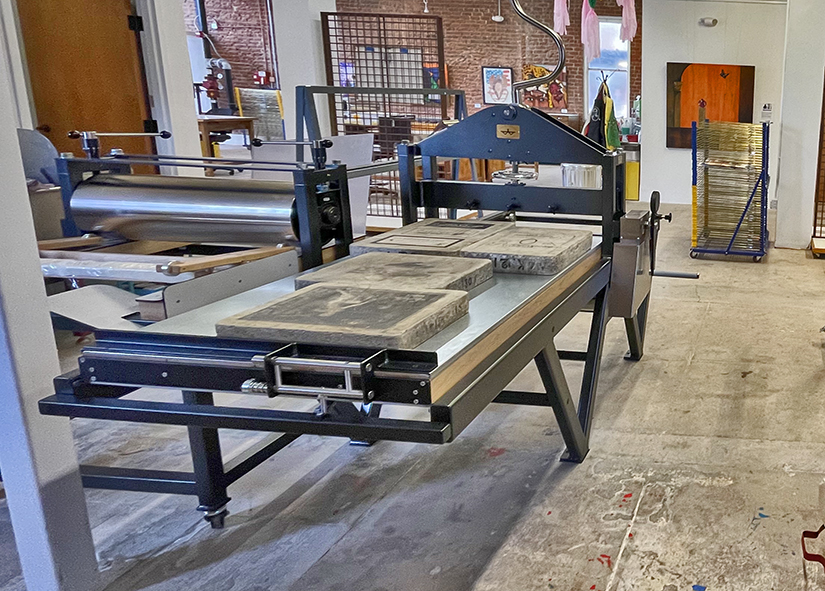
Lithopress
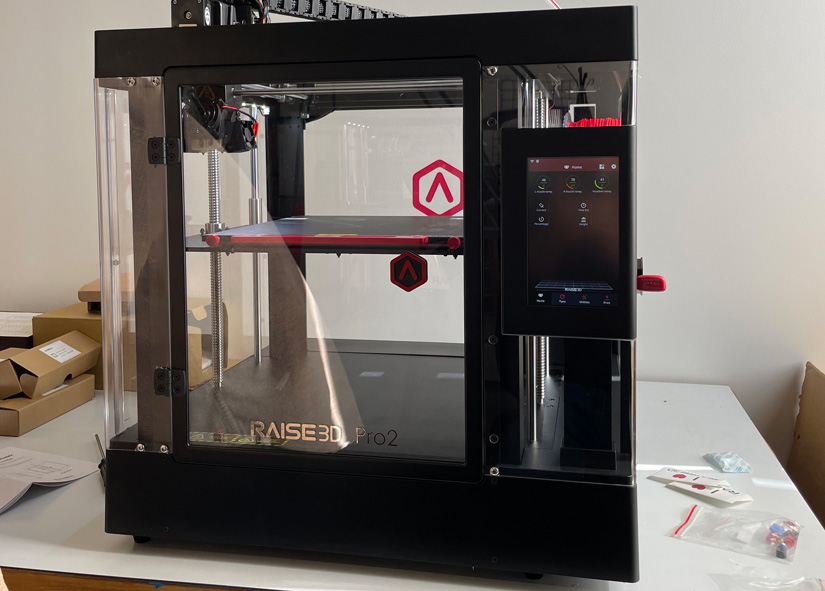
3-D Printer
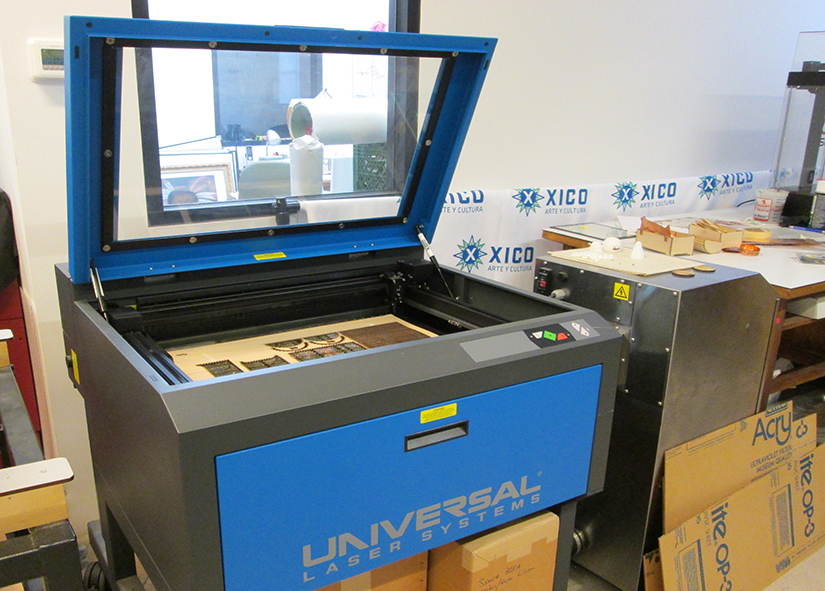
Laser Engraver
Printmaking Techniques
Intaglio
Creating marks in a plate; ink pushed into the marks, raised areas wiped clean of ink, wet paper laid on top of plate and rolled through etching press.
Etching
Engraving
Using a burin tool to meticulously carve smooth, clean lines into a metal plate, resulting in sharp and highly precise imagery.
Aquatint
Relief
The process of carving away the negative areas from a matrix, applying ink onto the raised portions, placing dry paper on top, and then applying pressure, either manually or with a press, to transfer the image onto the paper.
